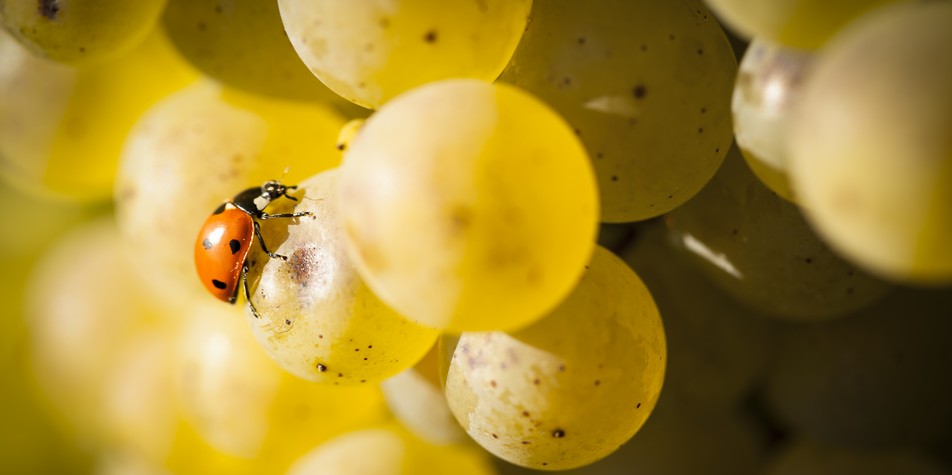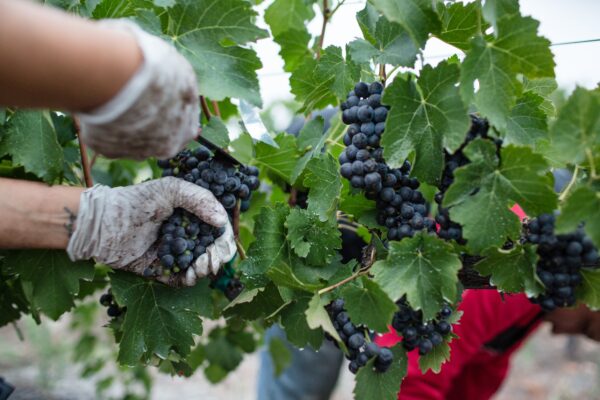Chardonnay is one of the most popular white wine varieties in the world. Originally from the Burgundy region in France, this grape variety is now grown in many wine regions around the world. In this article, we will tell you everything about Chardonnay, from its history to its global culture, including its specificities.
The history of Chardonnay
Chardonnay has a long history in France. It is believed that this variety was first grown in Burgundy in the Middle Ages. The monks of the Abbey of Cîteaux, in Burgundy, helped spread the cultivation of Chardonnay in the region. Over the centuries, the grape variety has spread to other regions of France and to other wine-growing countries around the world.
It has now become the most famous grape variety in France and in the world. In fact, l’International Organization of Vines and Wines expressed in his study, that Chardonnay was the most common grape variety in the world. Indeed, more than 40 countries have vines of this variety.
Despite its internationalization, Chardonnay has an original terroir: the lands of Burgundy. We find in particular the villages of Meursault, Puligny-Montrachet or Chassagne Montrachet. Towns that produce great exceptional white wines known by all.
The geographical and climatic specificities of Chardonnay
It is a grape variety that is mainly present on clay-limestone soils, nevertheless certain more calcareous soils will allow tension. This will then make it possible to produce great exceptional wines.
In these areas of northern Burgundy, the weather is often cool and humid. Chardonnay being an early variety of the first period, there have been many crop losses due to frost in recent years. It was estimated during the big frost of April 2021, a loss of 27% of the wine harvests. A sad historical record that has had a huge impact on the volume of Chardonnay grapes available for wine production.
To limit the loss, we find in Chablis sprinkler systems that allow the vines to be misted and thus prevent frost from impacting the grapes.
Chardonnay is therefore a grape variety that finds its balance in cool soils but which requires special attention during frost seasons.
Terroir and aromas
Each terroir, associated with its soil, its climate and its winemaking techniques, will impact the different aromas of the wine. There are thus two different Chardonnays.
First of all, the Chardonnay which we will define as non-oaked, that is to say that it will not have been aged in oak barrels. These will be young wines that will have aromas of green apples. You can also find citrus notes, but also white flowers such as hawthorn, nettle or even cherry blossom.
And finally, Chardonnay aged in oak barrels. After this aging we will find more brioche aroma, buttery or even a little lactic. It will therefore be very flattering on the nose, while remaining round and accentuating the aromatic velvety texture of the wine. In the mouth, we will find a beautiful acidity which allows great Chardonnay to age for a few years or even a few decades. We know this type of wine through the great Meursault or the great Corton Charlemagne.
New World Chardonnays
Chardonnay is of course found in the historic countries of the wine world. Nevertheless, the countries of the New World of Wine decided to plant Chardonnay vines in their turn.
We will thus find them in much warmer territories such as California, especially in Southern California. For example, in the Central Coast, we find wines much more powerful than what we can know in France, but which will have a more flattering side.
They are very interesting and recognizable wines. Indeed, they may seem less elegant and less fine, compared to other terroirs, but they will be gourmet and more accessible for customers. A success for these New World vineyards, which offer a range ranging from very mineral white wine to tender dry wine. On the other hand, unlike the French Grands Crus, these will not be wines for laying down.
Conclusion
Thus, Chardonnay is considered one of the greatest grape varieties in the world. Its presence on multiple terroirs allows tastings of a wide variety and the many Grands Crus from this grape variety, give it recognition throughout the world.
Find out more
If you’d like to find out more about grape varieties, read our article “Grape varieties: learning to talk about them“.



